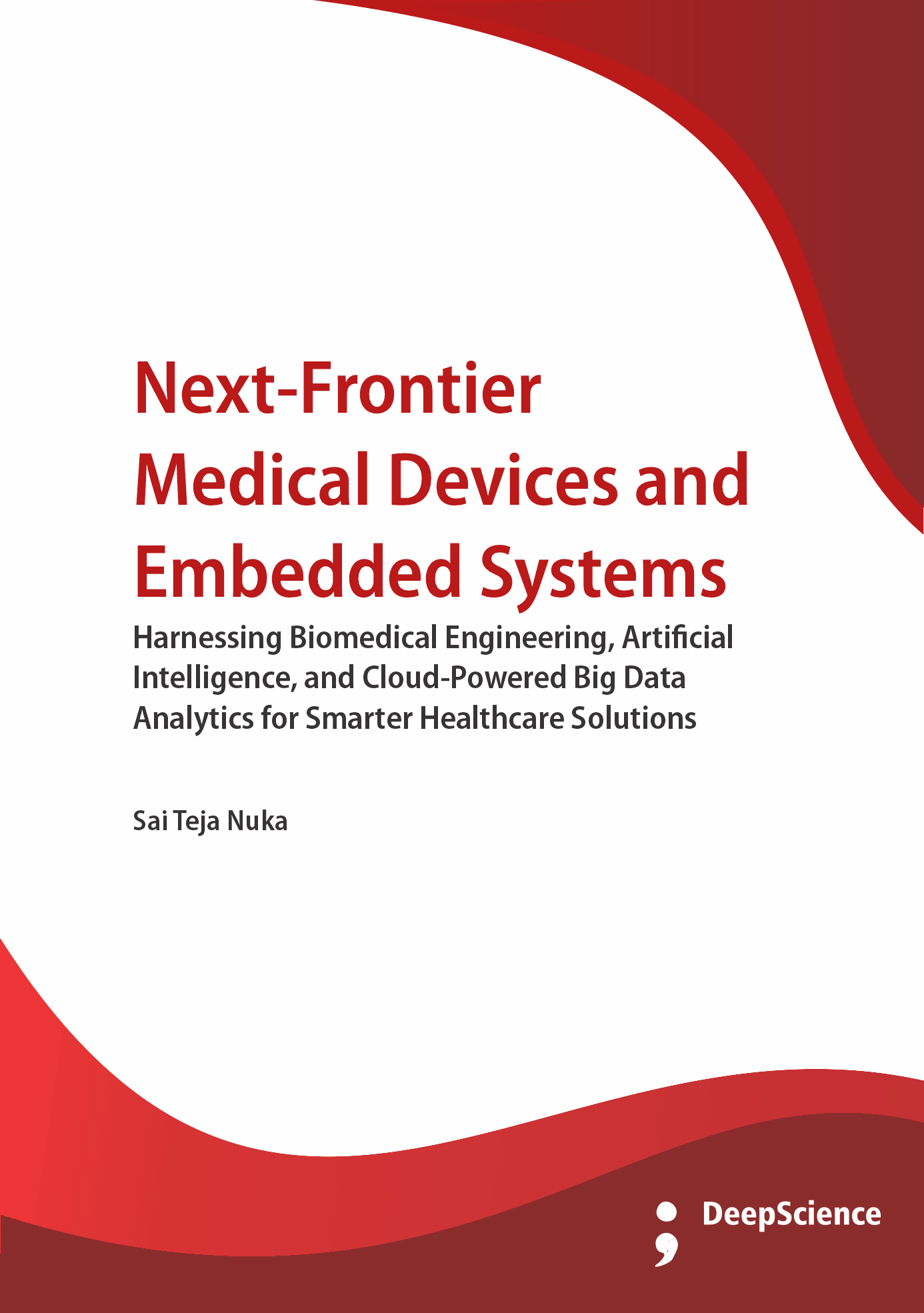Architecting cloud-based infrastructures for medical device data
Synopsis
Advances in technology and access to devices and sensors that can be connected to networks have provided enormous amounts of momentum for the development of the Internet of Things (IoT). The healthcare domain is positioned to gain from IoT and device connectivity; more solutions are seen being brought to the market for data-driven technology improvements using connected devices. Connected Medical Devices (CMDs) form a special class of devices in the Internet of Things, which include patient monitoring devices such as Computer Tomography SCANNER, Magnetic Resonance Device, Digital X-ray Machine, Echocardiography Device, Renal Dialysis Device, Pulmonary Function Analyzer, Pathological Lab Analyzers, and various sensory-based devices, as well as CMDs that rely on wireless remote connection using Bluetooth or Wi-Fi technology. CMDs are capable of capturing and reporting sizable volumes of valuable patient data which, if handled with the necessary security and confidentiality protocols, can provide immense value-add service opportunities in related clinical areas. However, due to device heterogeneity, standards misalignment, and privacy and security challenges, the connected device ecosystem faces data management, integration, and interoperability difficulties. Exploiting the value of CMD-driven data becomes complex due to the isolated data residing in silos that need to be brought together to provide a broader view over CMD utilization.













